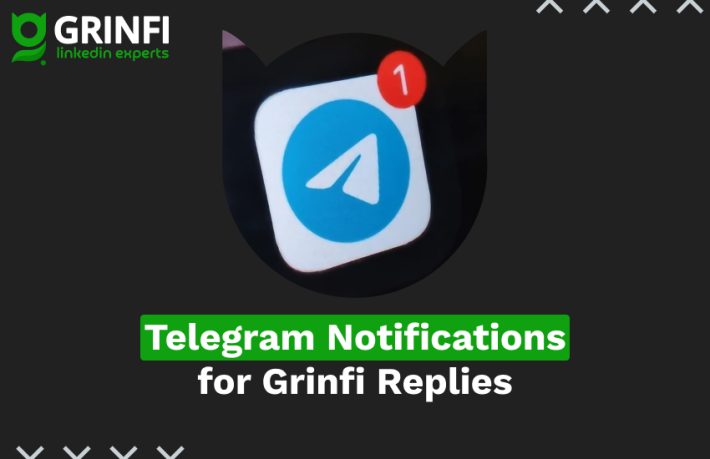How to Sell Through LinkedIn in B2B: Key Insights from Grinfi

In this article, the Grinfi team shares experience and practical advice on how to build an effective LinkedIn sales strategy for B2B. Below are the most important insights – distilled from 12 years of expertise in B2B lead generation.
1. LinkedIn Is Not Just for IT
Many companies see LinkedIn purely as a channel for promoting IT services or tech products. But the platform works just as well for logistics, education, consulting, manufacturing, and more.
A successful LinkedIn outreach strategy can be built for any B2B product or service – as long as you:
- Define your target audience
- Define offer value and the pain points it solves
- Segment and validate all this information
2. Sell Solutions, Not Processes
If your cold messages still say: “We build websites” or “We do SEO” – stop. That doesn’t sell.
The right approach is to communicate the result your client will get. For example:
“We’ll redesign your website and connect analytics so you can start selling flowers online within two weeks.”
Sales are about solving the client’s pain.
3. Offer ≠ Service List
Your offer is not a laundry list of everything you do. It’s an offer that addresses specific pain points for a specific target audience.
The biggest mistake? Launching LinkedIn outreach with the message: “We do it all.”
Do this instead:
- Analyze what clients actually respond to
- Understand what they are buying (not just what you want to sell)
- Build your offer around the most common demand
4. Segmentation Is a Must
Mass outreach only works for simple, low-cost, familiar products. In all other cases, you need to:
- Segment your audience by roles, niches, company size
- Tailor your messaging to the pain points of each specific audience
- Create personalized offers for each segment
For example, if you’re selling ERP systems, don’t just use a generic message like “We sell ERP systems.” Instead, tailor your offer for each specific niche. For a logistics company, highlight how your system can help reduce request processing time. For a manufacturing company, emphasize how it can optimize raw material and production costs. Always demonstrate the real value your solution brings to the client’s industry.
5. Follow-Ups Aren’t Optional – They’re Essential
LinkedIn doesn’t work on a “send it and wait” basis. Even if someone replies saying they’re interested – you still need to follow up.
Important:
Leads get distracted, forget, or deprioritize the conversation. If you don’t remind them – you’ll lose them.
At Grinfi, we’ve had cases where meetings were scheduled and rescheduled 7–9 times over several months.
That’s normal. Your job is simple: don’t give up.
6. Who Makes the Decisions?
Messaging junior employees is a dead end (almost always).
Write to the people who actually make decisions. In most cases, that’s:
- Founders / Co-founders
- C-level (CEO, CMO, CRO, COO)
- Head of … (if they control or influence the budget)
7. In-House or Outsource?
One of Grinfi’s biggest conclusions:
“The best option is to build your lead generation process in-house.”
Investing in an internal team is almost always more productive than outsourcing.
But:
- If you don’t have time or don’t understand how it works, you can start with outsourcing for 2–3 months to test hypotheses.
- If it works, invest in training your own team – or hire someone dedicated.
8. LinkedIn Is a Marathon
Results won’t show up in the first week.
You should only start evaluating interim stats and conversions after at least one month – and true efficiency no earlier than month three:
- Week 1-4: Testing hypotheses
- Week 4-8: Analysis of results, strategy adaptation (If there are no results, change your hypotheses.)
- Week 8+: The system is established
If someone promises you “leads tomorrow”, understand – it can happen, but that’s luck, not a repeatable system.
Want to Build a Systematic LinkedIn Sales Process?
Grinfi is the tool that helps you create a full-scale LinkedIn sales system.
Book a call with us – we’ll review your case personally.
Or try Grinfi for free for the first 7 days (no credit card required) and see how it works for your business.




